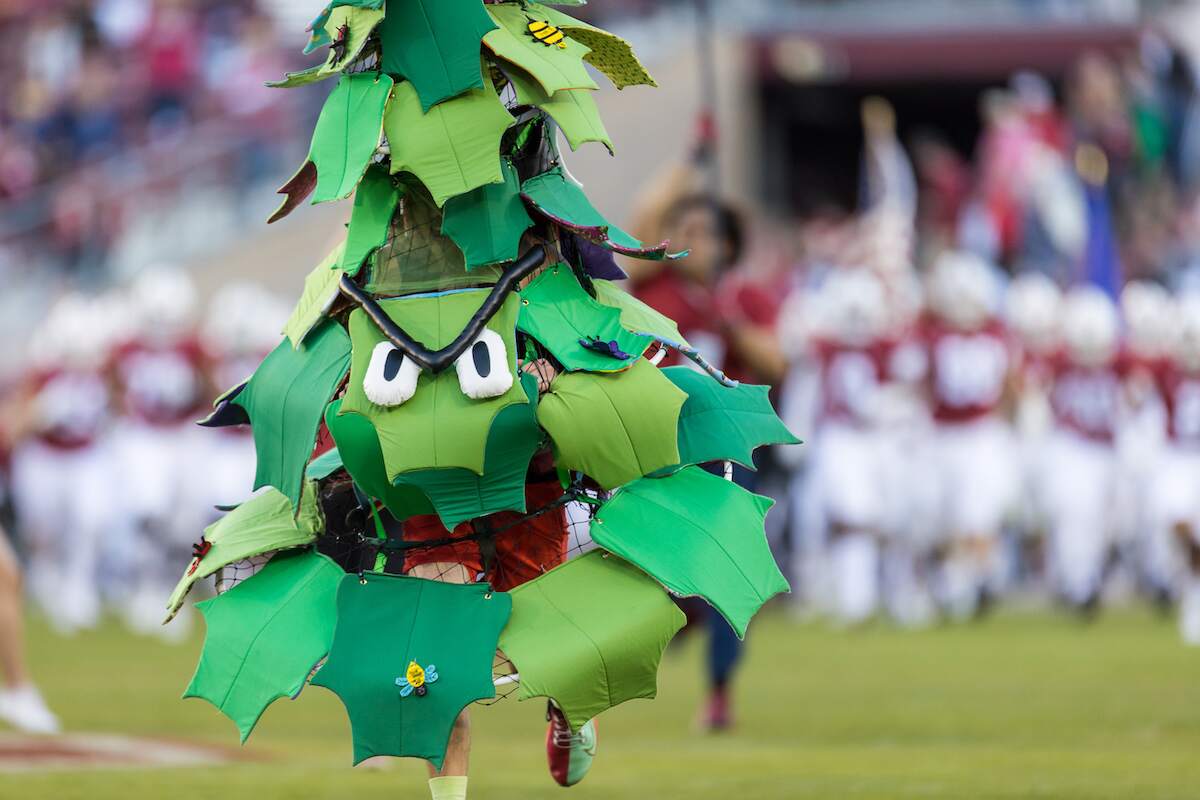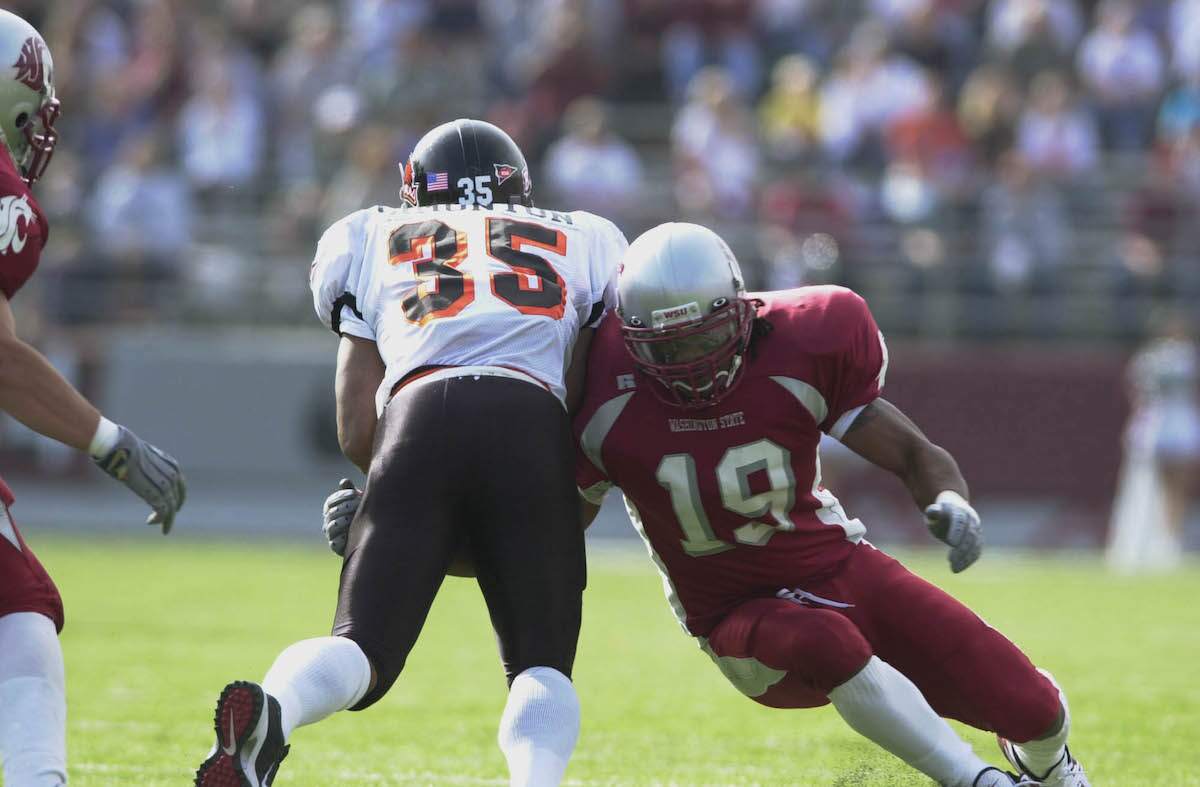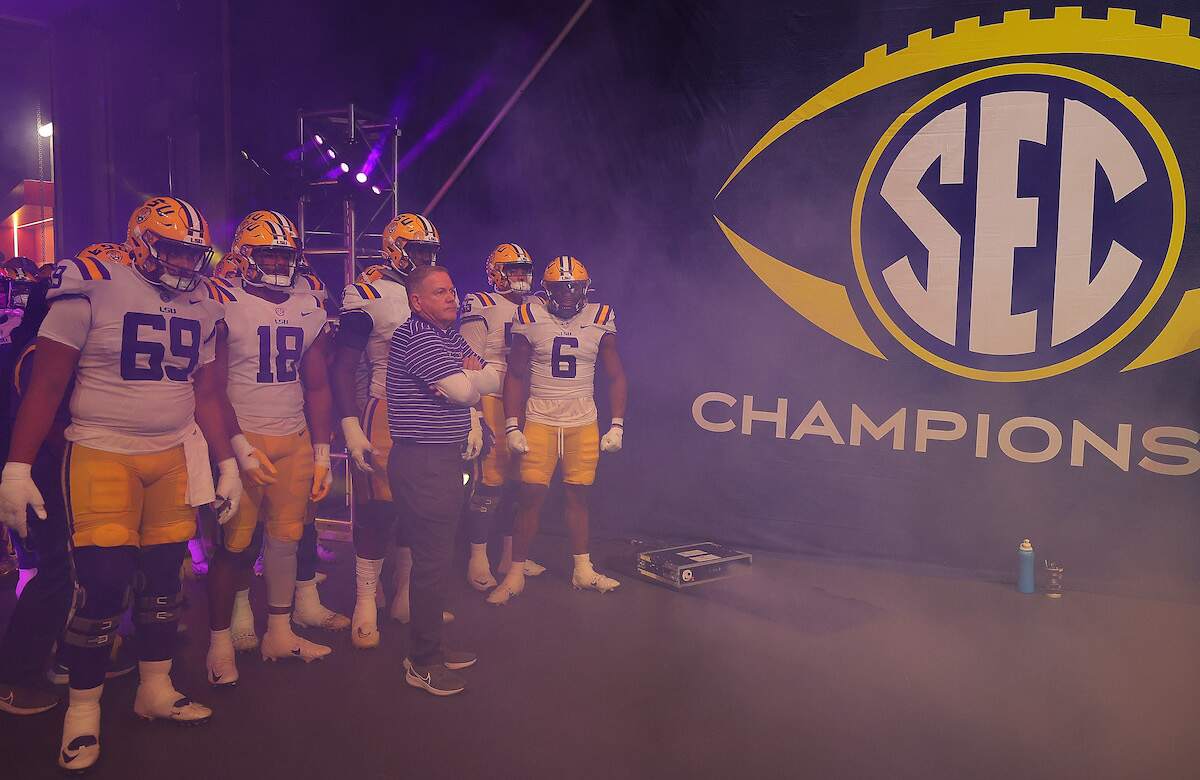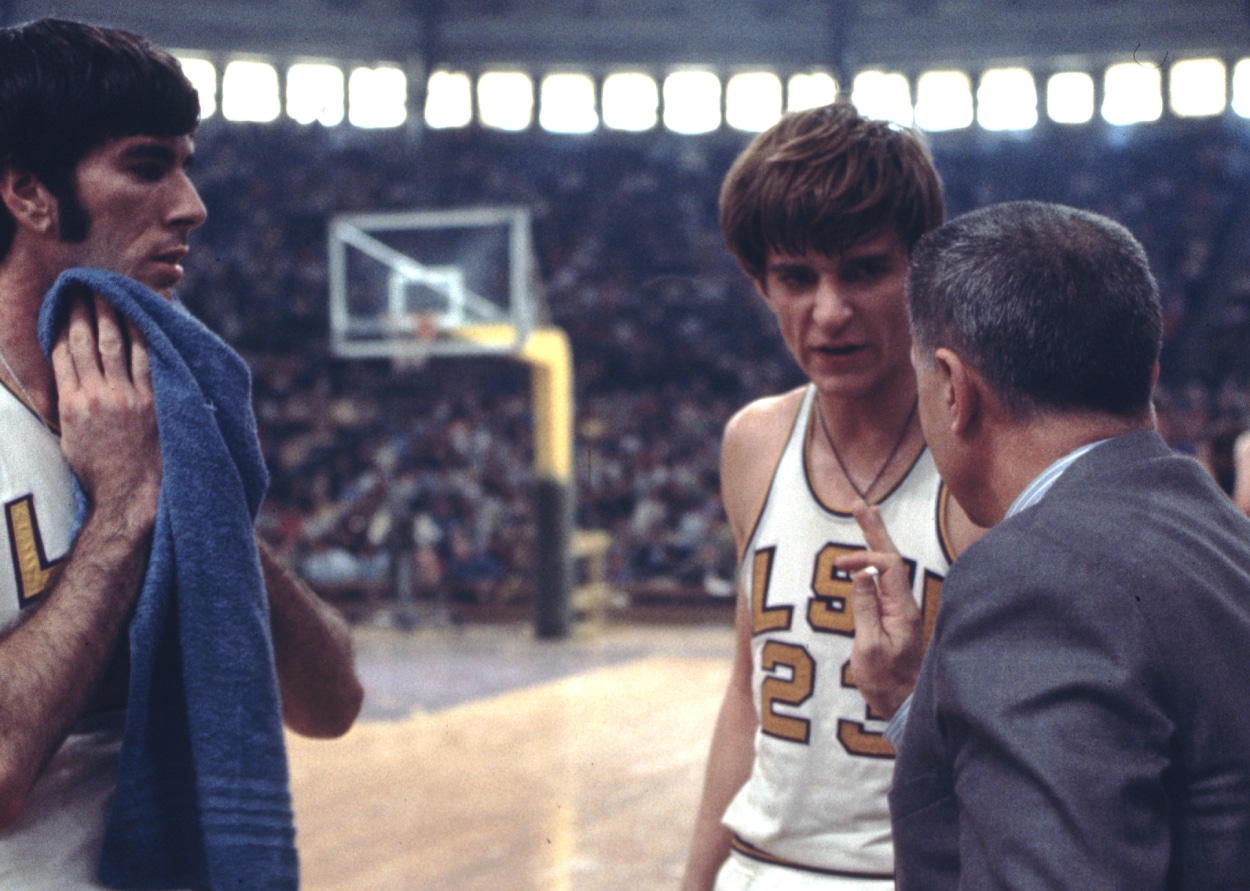
Stanford Tree: Stanford’s Unofficial Mascot Explained
Mascots are an important feature of any sports team. Most franchises have animals as their mascots. Others prefer to use human or mythical creatures.
Stanford University’s unconventional mascot, the Stanford Tree, has not only found its place in college branding but has carved out a niche in college football. It often makes lists of the most bizarre mascots. Nevertheless, the university has never officially acknowledged the mascot despite its deep ties to student life.
Stanford’s first mascot and many failed mascot campaigns
For 42 years, beginning in 1930, Stanford’s sports teams went by the Indians, according to the university’s official website. Its first mascot was Prince Lightfoot, a member of the Yurok tribe. Lightfoot remained the university’s mascot until 1972, when Native American students launched a petition to abolish the name and the mascot, which they perceived as offensive and demeaning.
The school’s then-president, Richard Lyman, dropped Prince Lightfoot. Teams reverted to their unofficial name, Cardinal. Cardinal is a vivid red color representing the university before its teams adopted Prince Lightfoot. For the next 10 years, Stanford went by Cardinal, although there was still debate about the team name and mascot.
Students held two referendums in 1972 and 1975. The former favored restoring the Indian name, while the latter was against it and included other suggestions. Some proposed names included the Robber Barons, Cardinals, Railroaders, Huns, and Trees. The students chose the Robber Barons, but the administration refused the name.
In 1978, some students unsuccessfully petitioned the school for the mascot to be a griffin. In 1981, then-Stanford president Donald Kennedy declared that the color Cardinal represents the sports teams.
Stanford Tree: How the Stanford band changed history
In 1975, before Kennedy’s declaration, the school’s Leland Stanford Junior University Marching Band had performed several halftime shows that suggested other new mascots, including the Tree, French Fry, and Steaming Manhole, as the university website chronicles.
Out of all the suggestions, the Tree, which represents El Palo Alto — a coastal redwood tree that appears on the university’s official seal — gained positive attention. The Tree became part of the university’s teams.
However, not everyone was on board with the Tree as the mascot. Some thought it lame. In 1987, a columnist in the university’s newspaper spoke negatively of the mascot since, at the time, Christine Hutson had only made it a big green dress.
The band members responded by challenging the columnist to showcase other ideas. The band gave the columnist a week to create a Tree costume before the next basketball game. He spent the summer coming up with the first actual Stanford Tree outfit.
The Stanford Tree attack
At the 1987 Big Game, University of California Berkeley (Cal) students attacked the journalist who led them into the field during the band’s performance. Despite the chaotic halftime performance, the Stanford Tree maintained its stage presence and became a phenomenon.
During one of the annual battle of the band’s competitions, Cal students tried to ransom the Stanford Tree costume. The band didn’t think it was worth the hassle, so they decided to make a new costume, thus starting a new tradition of reinventing the Tree every fall.
This wasn’t the first time the Tree had been a primary target for pranks. In 1998, frat brothers from Cal held the costume hostage for two weeks but returned it to the chancellor’s office. Rival schools pull different pranks on the Tree every few years to sabotage Stanford.
Stanford Tree suspensions
The Tree’s notoriety also grew from the Tree’s suspensions. In 2006, then-Stanford Tree Erin Lashnitz was suspended after her blood alcohol level was found to be almost twice the legal driving limit in California.
In 2022, Jordan Zetz, the 44th Tree, was suspended for holding a sign that read “Stanford Hates Fun” as part of student backlash against the administration for curtailing student activities.


